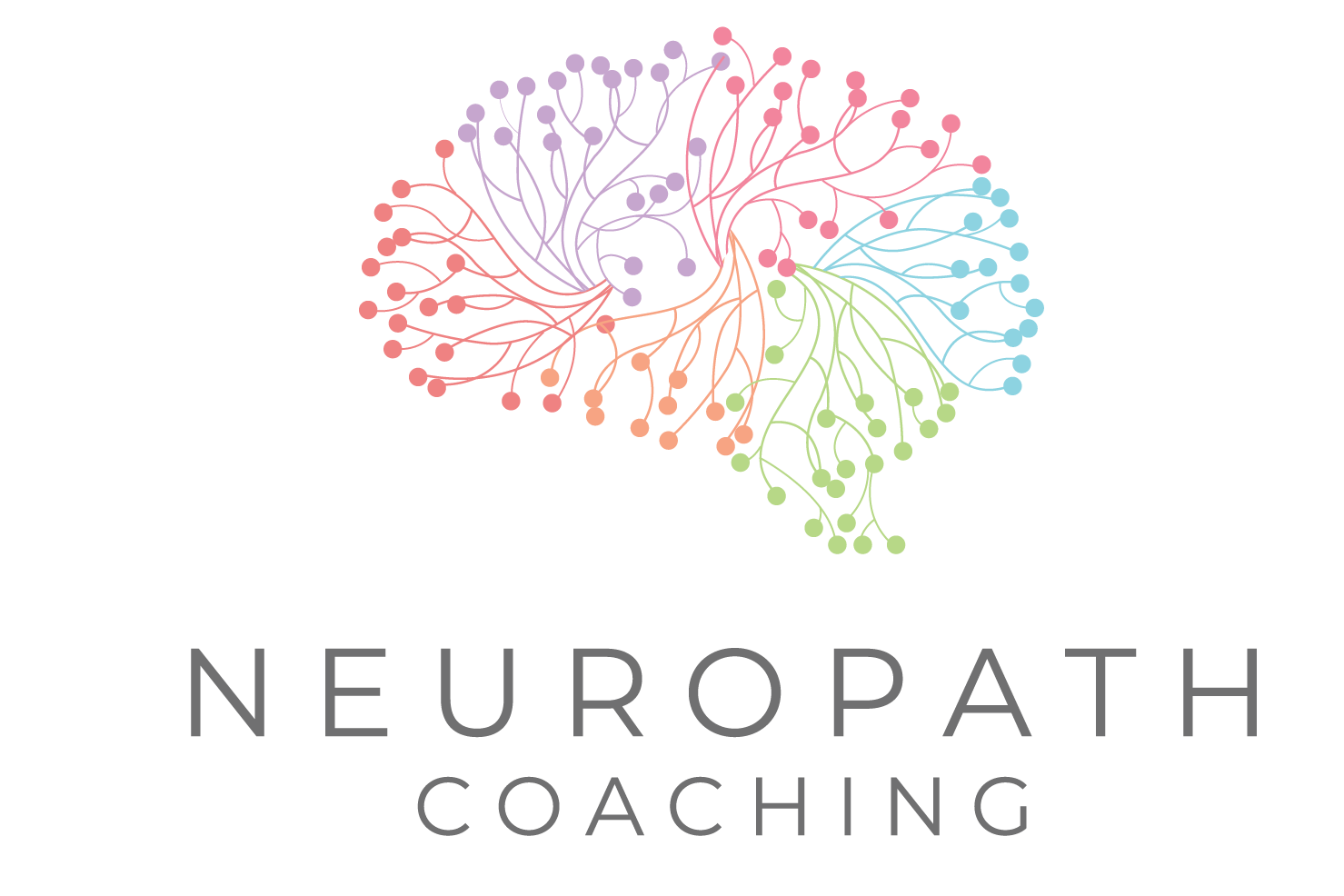The Bad Apple Effect
Human interactions are like ecosystems—every member plays a role, and one negative influence can disrupt the balance. This phenomenon, often called the “Bad Apple Effect,” describes how a single negative individual can impact the productivity, morale, and cohesion of a group. But why does this happen, what can we learn from it and what do we do when we experience it?

One Bad Apple Can Spoil the Bunch
Research by Will Felps, Terence Mitchell, and Eliza Byington (2006) explored how one disruptive individual can derail group dynamics. In their experiment, small groups were tasked with problem-solving activities, and in some groups- one member (a confederate) was assigned a negative role:
The Slacker: Contributed little to the task, displaying laziness.
The Jerk: Criticised others, creating tension.
The Depressive: Exhibited pessimism and lack of enthusiasm.
Groups with a “bad apple” consistently performed worse than those without, showing decreased creativity, cooperation, and efficiency. The negativity spread like a contagion, subtly influencing the behaviours and emotional climate of the group.
Key Statistics from the Study:
Performance Drop: Groups with a “bad apple” performed 30–40% worse on average than those without a negative group member.
Consistency Across Types: Whether the confederate played the slacker, jerk, or depressive, the negative impact on group performance was consistent—suggesting it wasn’t about the specific type of negativity but rather the emotional disruption it caused.
Contagion Effect: In many cases, the other group members began to mimic the bad apple’s behaviour, becoming less engaged, more hostile, or more pessimistic.
The Exception: One group in the study didn’t deteriorate despite the bad apple. The researchers attributed this to a particularly emotionally intelligent team member who redirected group focus and modelled positive behaviour. This highlights the protective role of emotional intelligence.
The Neuroscience of Negative Influence
The effects of negativity aren’t just psychological—they’re neurological too. Here’s how negative individuals can affect group members:
Mirror Neurons and Emotional Contagion
The brain contains mirror neurons that activate when we observe others’ emotions or actions. These neurons make us empathetic but also susceptible to absorbing negativity. When exposed to pessimism or hostility, we unconsciously mirror these emotions, leading to stress and decreased motivation.
Stress and the Amygdala
Negative behaviours trigger the amygdala, the brain’s fear and stress centre. Chronic exposure to negativity can heighten the amygdala’s activity, leading to increased cortisol levels (the stress hormone). This affects decision-making, creativity, and emotional regulation.
The Prefrontal Cortex and Cognitive Drain
The prefrontal cortex, responsible for higher-order thinking and focus, can become overwhelmed in negative environments. Constantly managing interpersonal tension drains cognitive resources, making it harder to solve problems or stay productive.
Breaking Free from the Bad Apple Effect
Understanding the neuroscience behind negativity can help mitigate its effects. Here are strategies to protect yourself and your team:
Foster Positivity
Positive behaviours also trigger emotional contagion. By emphasizing encouragement, gratitude, and optimism, groups can counter balance negativity.
Set Boundaries
Establishing clear expectations for behaviour within a group can reduce the influence of negative individuals. Set clear boundaries for yourself, this will lower uncertainty, and reduce amygdala activation creating a sense of safety.
Promote Emotional Awareness
Mindfulness and emotional regulation practices can enhance activity in the prefrontal cortex, helping individuals respond rather than react to negativity.
Focus on Inclusion
Instead of isolating the “bad apple,” providing support and feedback can sometimes redirect their behaviour. Social neuroscience suggests that feelings of belonging activate reward centres in the brain, encouraging cooperation.
Implications for Teams and Leaders
The Bad Apple Effect highlights the importance of group dynamics and emotional intelligence in any setting. Leaders, in particular, play a key role in recognizing and addressing negativity before it spreads. By fostering an environment that values respect and collaboration, they can shield teams from the damaging effects of a single bad apple.
Next Steps
Negativity doesn’t just impact group morale—it rewires our brains in ways that hinder productivity and connection. By understanding the neuroscience behind the Bad Apple Effect, we can create environments where positivity thrives and negative influences are neutralized
The next time you find yourself in a group, remember: each person’s attitude matters. By cultivating a mindset of empathy and optimism, you can be the antidote to negativity, not its carrier.
If you enjoyed this article, please subscribe and join the community to recieve our weekly newsletter with the latest insights!
